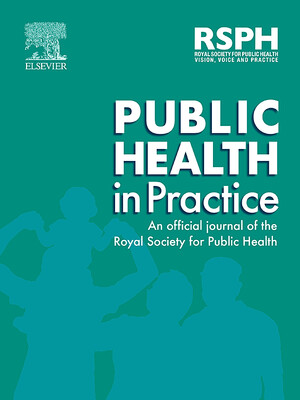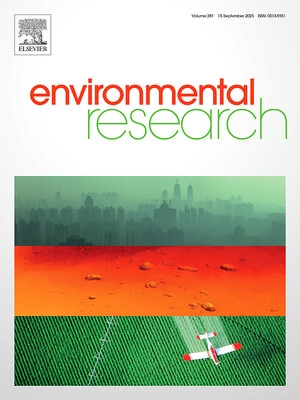
Myeloperoxidase and other markers of neutrophil activation associate with malaria and malaria/HIV coinfection in the human placenta
Abstract
Introduction: Placental malaria (PM) is characterized by accumulation of inflammatory leukocytes in the placenta, leading to poor pregnancy outcomes. Understanding of the underlying mechanisms remains incomplete. Neutrophils respond to malaria parasites by phagocytosis, generation of oxidants, and externalization of Neutrophil Extracellular Traps (NETs). NETs drive inflammation in malaria but evidence of NETosis in PM has not been reported. Neutrophil activity in the placenta has not been directly investigated in the context of PM and PM/HIV-co-infection. Methods: Using peripheral and placental plasma samples and placental tissue collected from Kenyan women at risk for malaria and HIV infections, we assessed granulocyte levels across all gravidities and markers of neutrophil activation, including NET formation, in primi- and secundigravid women, by ELISA, western blot, immunohistochemistry and immunofluorescence. Results: Reduced peripheral blood granulocyte numbers are observed with PM and PM/HIV co-infection in association with increasing parasite density and placental leukocyte hemozoin accumulation. In contrast, placental granulocyte levels are unchanged across infection groups, resulting in enhanced placental: peripheral count ratios with PM. Within individuals, PM- women have reduced granulocyte counts in placental relative to peripheral blood; in contrast, PM stabilizes these relative counts, with HIV coinfection tending to elevate placental counts relative to the periphery. In placental blood, indicators of neutrophil activation, myeloperoxidase (MPO) and proteinase 3 (PRTN3), are significantly elevated with PM and, more profoundly, with PM/HIV co-infection, in association with placental parasite density and hemozoin-bearing leukocyte accumulation. Another neutrophil marker, matrix metalloproteinase (MMP9), together with MPO and PRTN3, is elevated with self-reported fever. None of these factors, including the neutrophil chemoattractant, CXCL8, differs in relation to infant birth weight or gestational age. CXCL8 and MPO levels in the peripheral blood do not differ with infection status nor associate with birth outcomes. Indicators of NETosis in the placental plasma do not vary with infection, and while structures consistent with NETs are observed in placental tissue, the results do not support an association with PM. Conclusions: Granulocyte levels are differentially regulated in the peripheral and placental blood in the presence and absence of PM. PM, both with and without pre-existing HIV infection, enhances neutrophil activation in the placenta. The impact of local neutrophil activation on placental function and maternal and fetal health remains unclear. Additional investigations exploring how neutrophil activation and NETosis participate in the pathogenesis of malaria in pregnant women are needed.
Citation
Sarr, D., Oliveira, L.J., Russ, B.N., Owino, S.O., Middii, J.D., Mwalimu, S., Ambasa, L., Almutairi, F., Vulule, J., Rada, B. and Moore, J.M. 2021. Myeloperoxidase and other markers of neutrophil activation associate with malaria and malaria/HIV coinfection in the human placenta. Frontiers in Immunology 12: 682668.









